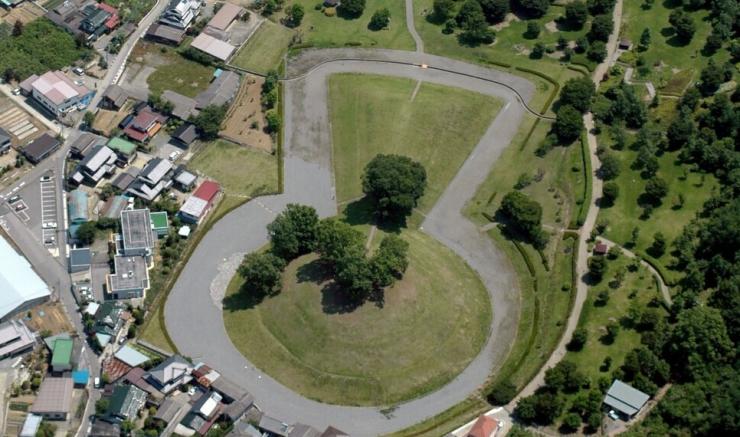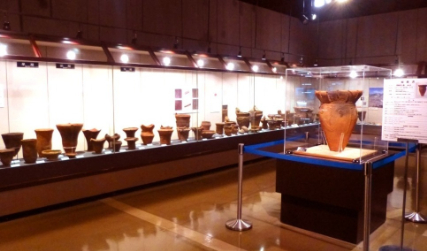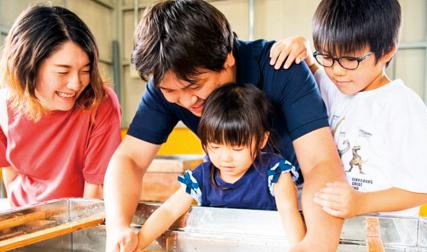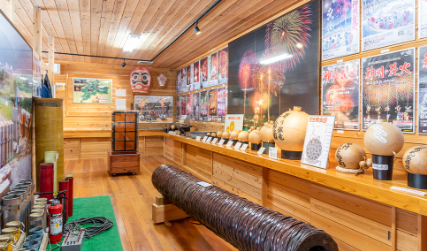Kai Choshizuka Tumulus
Main content starts here.

The Kai Choshizuka Tumulus is eastern Japan’s largest surviving example of a Kofun-period (ca. 250-552 CE) burial mound, dating back to around the late fourth century. The colossal tomb, some 15 meters high and with a total length of 169 meters, reveals a perfectly symmetrical keyhole shape when viewed from a height. It can be thought of as Kofun-period Japan’s equivalent of another neatly symmetrical form of tomb: the Ancient Egyptian pyramid. In both, a deeply revered individual was given an above-ground-level resting place.
It is unknown who this particular tumulus (or kofun; the terms are interchangeable and historians retrospectively named the period after its burial custom) was built for, however it is believed that the adjacent Maruyamazuka Tumulus contains the successor of the Choshizuka Tumulus’s occupant.
The Kai Choshizuka Tumulus (the prefix “Kai,” denoting this region, is used to distinguish it from similar but smaller burial mounds elsewhere in Japan) was designated a National Historic Site in 1930. Subsequently, a series of excavations has uncovered haniwa, or terracotta effigies made for ritual use, lined up inside the mound. A pit-style stone chamber at the tomb’s rear, meanwhile, was found to contain burial goods including bronze mirrors, iron swords, and beads. A selection of these items can be seen at the Yamanashi Prefectural Archaeological Museum.
Climb to the top of the Maruyamazuka Tumulus for a view over this tomb, and we encourage you also to enjoy the panoramic view from atop the Choshizuka Tumulus itself.
Category
Share
Venue Address
Shimosonecho, Kofu-shi
-

Yamanashi Prefectural Museum of Archaeology
History & Culture
-

Attractions
-

History & Culture
Home of Mt. Fuji > Discover > Kai Choshizuka Tumulus